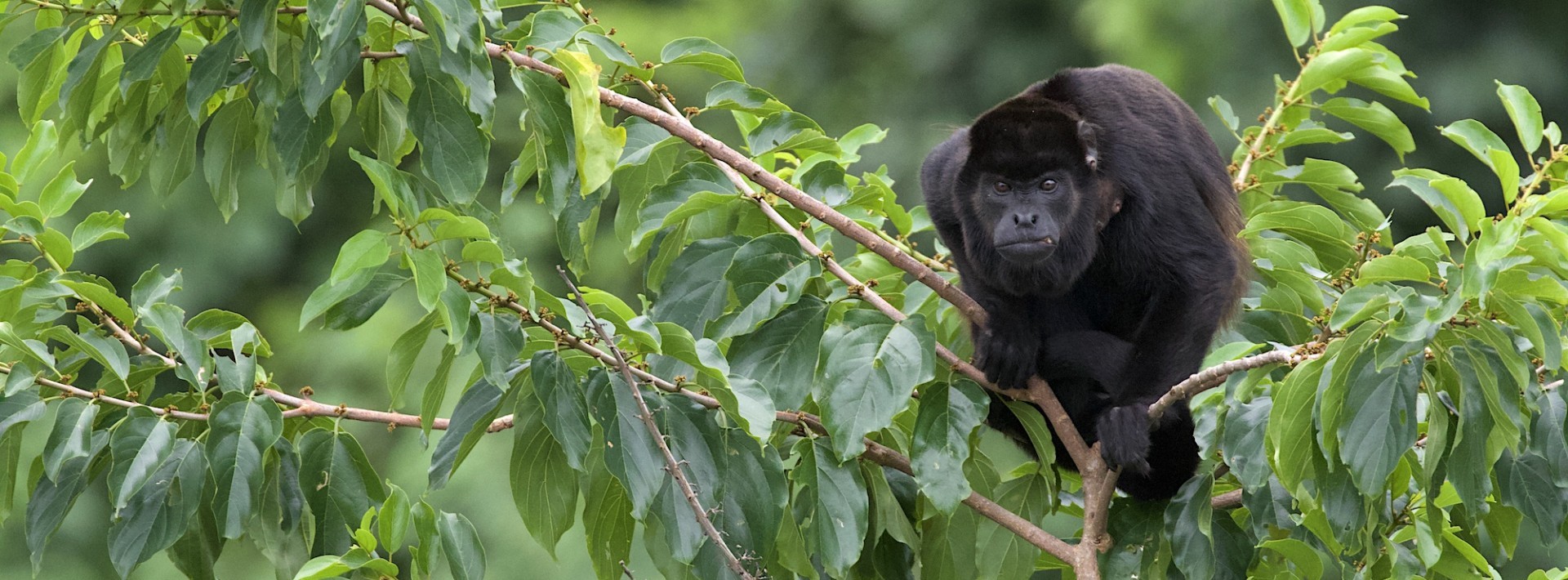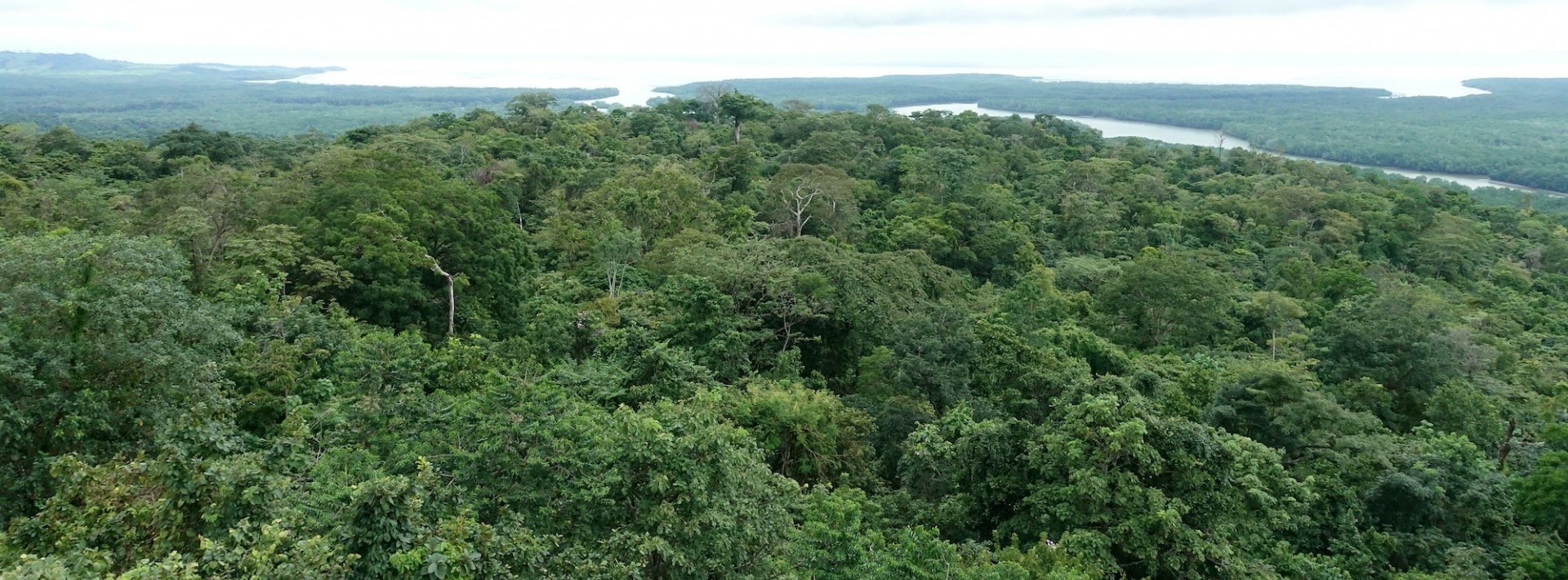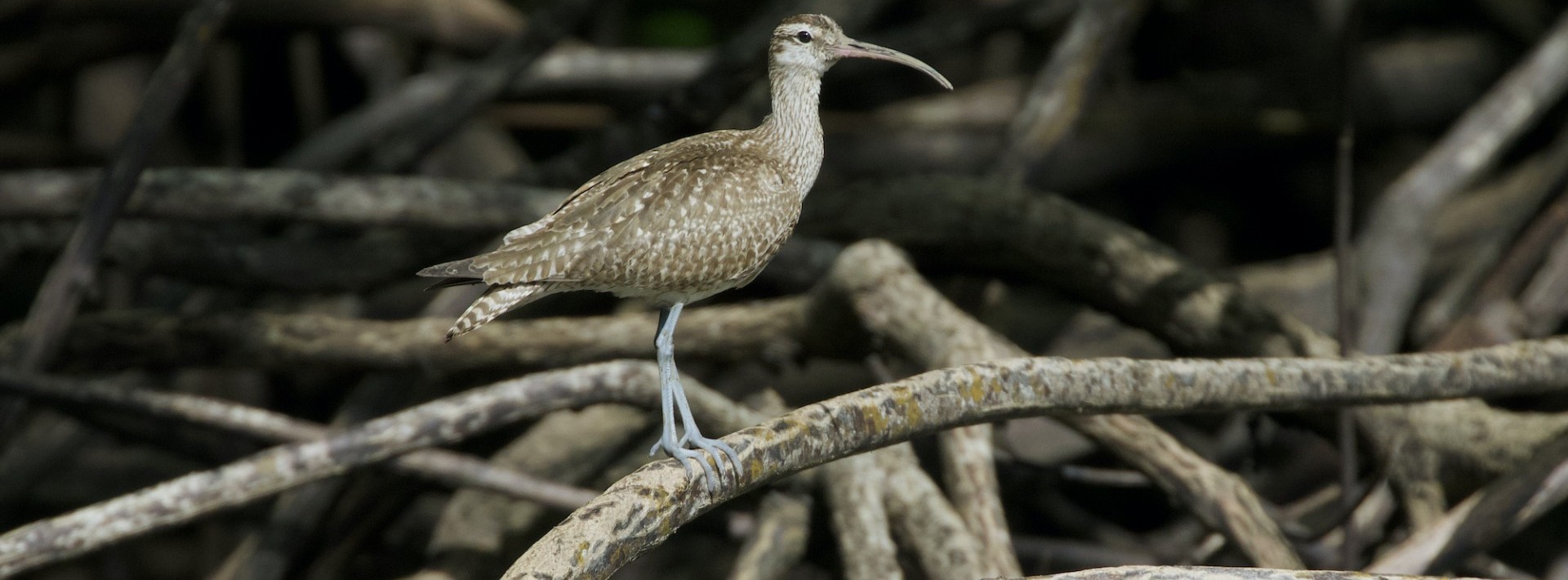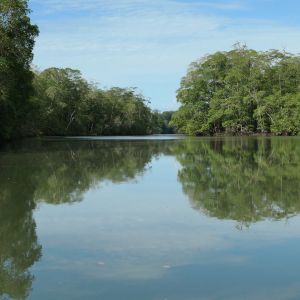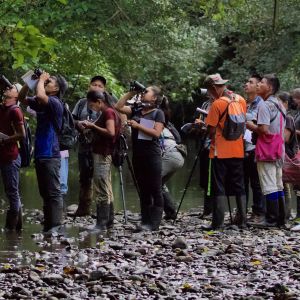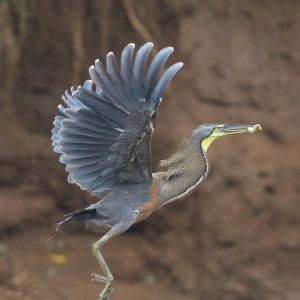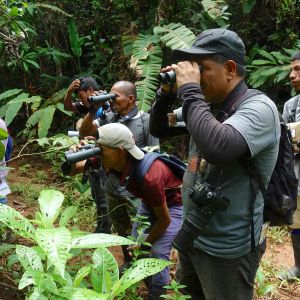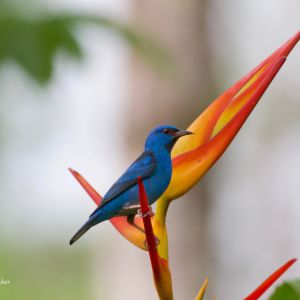In Brief
Conservation Value:
Wounaan Indigenous territories harbour intact forest and species already extirpated outside this region. They lie within the Majé Mountain range, which extends 60 km and has some of the highest biodiversity in the world, from its mountain tops to the Pacific coast. The landscape is the winter home to at least 65 Neotropical migratory bird species, including the Prothonotary and Canada warblers and support globally threatened species such as the Great Green Macaw, Harpy Eagle and Great Curassow. Research in the eastern-most highland of the range, the Chucantí Reserve (established with support from ICFC), indicate a high level of endemism and has uncovered new species, including: a staghorn beetle, a lungless salamander, a centipede snake, Anthurium (a plant), a Heliconia plant, a Pierid butterfly, a climbing rat and a beetle.
Threats:
Outside Wounaan territories, forests are being logged and cleared for cattle ranching and farming at one of the highest rates in Panama and there has been widespreaddestruction of coastal mangroves. With access from the Pan American Highway, settlers have cleared 40% of the land in eastern Panama. The remaining forest - starkly seen from satellite imagery – is found in national parks and Indigenous territories, including Indigenous territories still without legal recognition like Rio Hondo, Platanares and Majé.
Actions & Results:
ICFC works with Native Future and Wounaan communities to protect their traditional lands (25,000 hectares) from the Majé Mountains to Panama Bay. A successful strategy led by the Wounaan has been a game- changer: it combines live satellite monitoring, border monitors, drone operators, and legal representation. This has led to documented illegal incursions and ecological damage being brought before the Panamanian government and then into the courts. Since 2017, the Wounaan have reported on 260 hectares of deforestation to Panama’s environmental authorities, and 37 people have been investigated for their environmental infractions or crimes.
As of February 2023, 21 individuals have been “denounced”, three have been convicted and await sentencing, and two government officials have been removed from their positions for suspected malfeasance. In February 2024, evidence provided by Wounaan territorial monitors enabled prosecutors to investigate and charge nineteen government officials, lawyers and topographers for land administration and environmental crimes. These outcomes, the result of two years’ work, are unprecedented in the history of Wounaan territorial defense. The work is far from done but the tide has turned. Seventy-three claims by loggers to approximately 3,000 hectares of the Wounaan territory of Aruza were deemed illegitimate. In July 2024, the Aruza were able to resubmit their application for a collective title to all 8,000 hectares of their land. Our field partner Native Future is helping Wounaan to title more than 160,000 hectares.

Goal:
To conserve species and habitats within the forested and riparian habitats of three Wounaan Indigenous territories totalling 22,326 hectares.
Support this projectLocation:
Eastern Panama from the Pacific ridge of the Majé Mountains (1,432 m elevation) down to the mangrove forests of the Panama Bay Wildlife Refuge (Refugio de Vida Silvestre Humedal Bahía de Panamá).
Size of Area Involved:
22,326 hectares (223 km2)
Project Field Partner:
Our Investment to Date:
Cumulative cost (2021-2024): CA$209,003
2025 budget (ICFC portion): US$65,000
Gallery
Click to enlarge an image
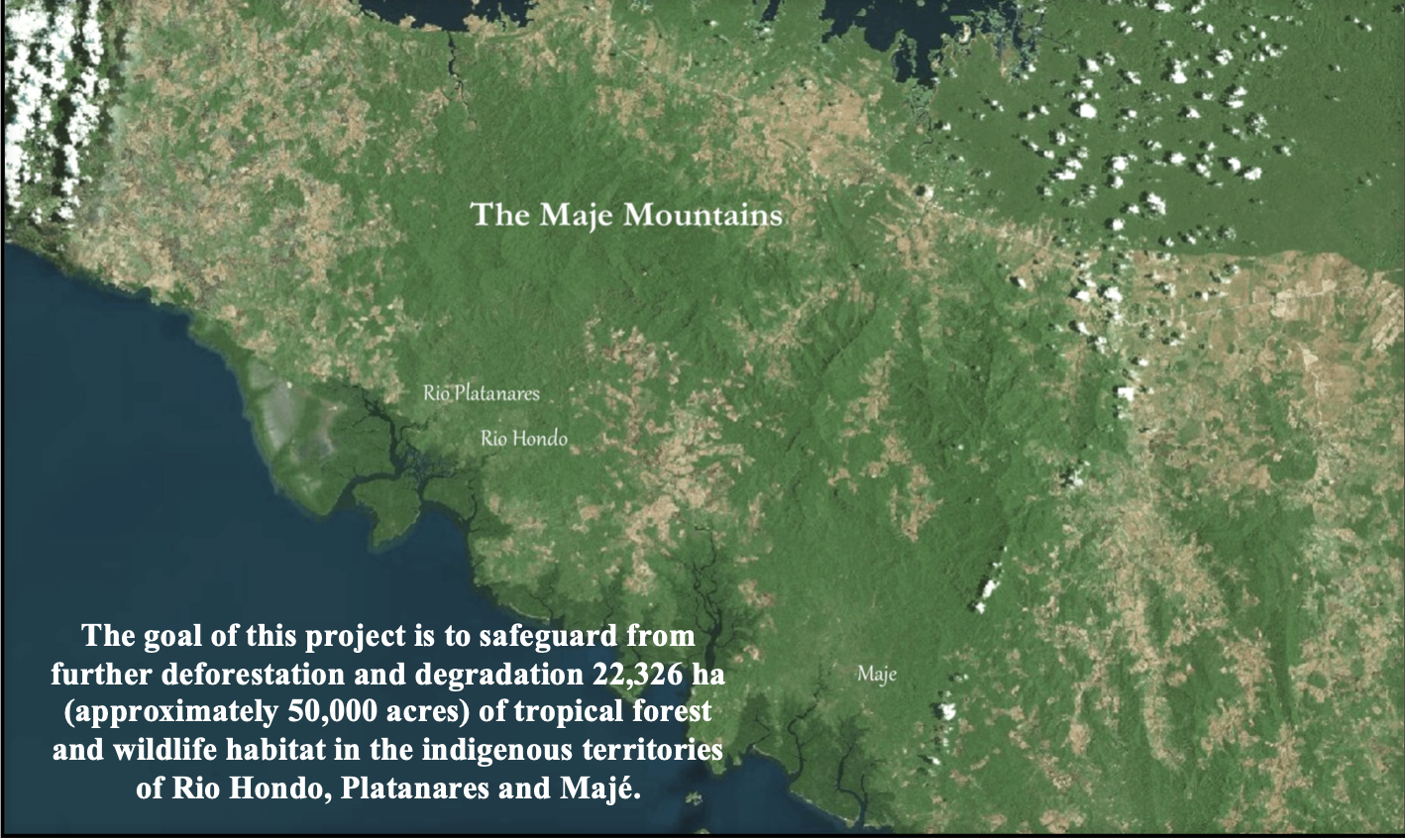
In More Depth...
Territorial Monitoring and Enforcement:
- Employ next generation technology and support community-based monitors and local authorities to defend their territories from encroachment, deforestation and degradation.
- Wounaan territorial alerts, map updating and coordination with community-based monitors.
- Community-based monitoring in 3 communities
- The purchase of drones, trap cameras, telecommunications and other equipment that will enable faster and Covid-19-safe gathering of evidence to substantiate legal complaints.
- Shepherding legal complaints by Wounaan authorities and lawyer.
- Putting in place permanent boundary demarcation (cairns and signs).
Community Ecotourism and Conservation Agreement:
- Align conservation and ecotourism development; outline benefit sharing agreements and natural asset protection.
- Conduct up to 6 workshops in Rio Hondo and Platanares to develop community agreements on plan future bird conservation and ecotourism.
- Complete legal review of the community agreements.
International Conservation Fund of Canada Copyright © 2009-2025
Registered Canadian charity # 85247 8189 RR0001


